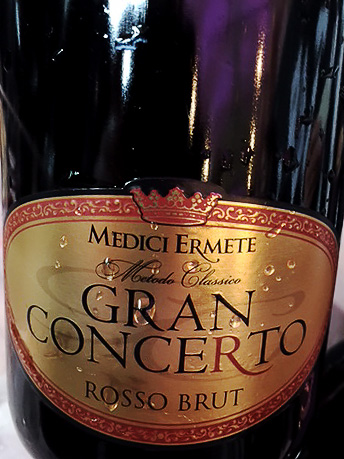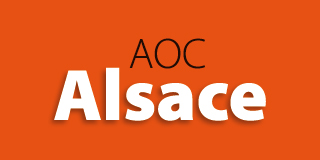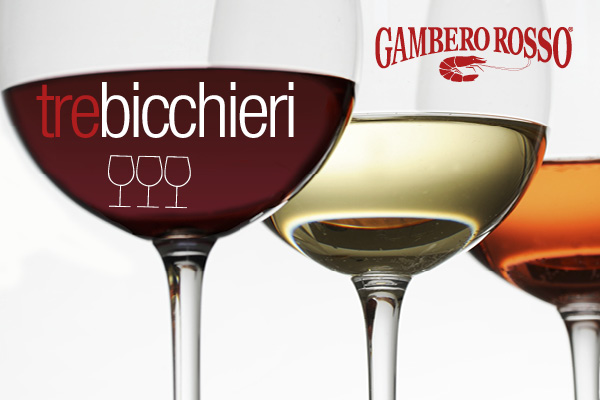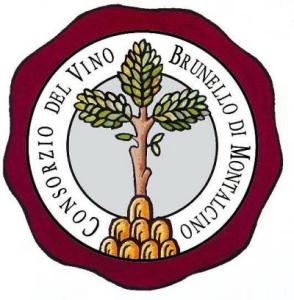 For the convenience of those readers who do not follow Flora’s Table, below is a post that I published on that blog today with some material that may be of interest to fellow oenophiles: a free, downloadable wine tasting chart! Keep reading if you want to know more about it.
For the convenience of those readers who do not follow Flora’s Table, below is a post that I published on that blog today with some material that may be of interest to fellow oenophiles: a free, downloadable wine tasting chart! Keep reading if you want to know more about it.
Exactly two years ago, I had published a post on this blog providing a general overview of the Italian Sommelier Association wine tasting protocol and the steps it entails.
Over time I have kept giving some thought about wine tasting and how the use of a common procedure and a common vocabulary may help making different people’s tasting experiences more comparable and convey information about a wine that readers can more precisely appreciate.
As a result, I have developed a one-sheet wine tasting chart that is based on a simplified and adapted version of the Italian Sommelier Association wine tasting protocol that I have been using in the wine reviews that have been published on this blog over the last two years.
After much work, consideration and fine tuning, I am quite happy with it and I am pleased to make it available as a free download through the link below to those wine enthusiasts out there who are prepared to take a more structured and disciplined approach in their tasting experiences, want to categorize their tasting notes in a standardized format or maybe just want to have fun with a few buddy wine aficionados in a blind tasting and then compare notes.
One caveat: the attached wine tasting sheet is loosely inspired by the wine tasting protocol of one of the several organizations out there which promote their own takes of wine tasting and its principles and criteria. As such, it is not intended to be the Holy Grail, the “ultimate oenophile bible” or “the one and only way to conduct a wine tasting”. Far from it. What it aims to be is a reasoned, structured way for non-professional wine tasters to keep track of their tasting experiences and organize and share their tasting notes in a standardized format.
A few words about the FsT Wine Tasting Chart:
- The tasting process is divided into four macro-phases: Sight, Scent, Taste and Overall
- Each of such macro-phases is divided into a number of steps to guide you in your tasting and assessment of the wine
- Those steps are organized in a progressive numerical order which should be followed during the tasting process
- Most of the steps only require that you check the box of the most appropriate assessment/option for the wine that you are tasting
- Most of the assessments are structured in this way: you will find an adjective that describes a quality of the wine to its fullest extent (meaning, when such quality is distinctly perceivable – for instance, “intense” in the scent analysis), and then two more choices that describe such quality in a less discernible manner by using the qualifiers “moderately” and “scarcely” (following the same example, a wine whose aromas are not very intense would be “moderately intense” and one with weak aromas would be “scarcely intense”)
- Color, Viscosity, Alcohol, Quality and Life Cycle are the only steps with four choices instead of the usual three
- The only open-ended, descriptive parts of the chart are those referring to the descriptors of the aromatic and taste profiles of the wine, where the taster should describe the aromas and the flavors that he or she identifies in that wine
- For an explanation of the meaning of the various steps, please refer to my post on the ISA wine tasting protocol
So, if you like the goal of this project and you have not had professional wine tasting training, feel free to
Download the FsT Wine Tasting Chart
and then give it a shot the next time you taste a wine and see how you like it!
After you do, please make sure to come back here and share your comments (good or bad!), suggestions or questions about the FsT Wine Tasting Chart through the comment box below.
The FsT Wine Tasting Chart is a free download for all, but please (i) refrain from using it for commercial purposes without asking for our prior consent and (ii) if you want to share it via social media or your own website or blog, feel free to do so but give proper credit to the author (Stefano Crosio, Flora’s Table, LLC) and the source by linking to the original post on Flora’s Table blog or to this post.
Have fun and enjoy some good wine in the process! 🙂
 Happy New Year Cookie Tree
Happy New Year Cookie Tree  Happy New Year Cookie Tree
Happy New Year Cookie Tree 




 Ferrari, Trento Perlé Brut…
Ferrari, Trento Perlé Brut…



 Today’s grape in the limelight of our Variety Show is Primitivo, a black-berried grape variety that has sparked a long-lasting controversy as to whether it is the same variety as Zinfandel or a different one.
Today’s grape in the limelight of our Variety Show is Primitivo, a black-berried grape variety that has sparked a long-lasting controversy as to whether it is the same variety as Zinfandel or a different one. Today’s grape variety in the spotlight is… Aglianico, together with its clone Aglianico del Vulture.
Today’s grape variety in the spotlight is… Aglianico, together with its clone Aglianico del Vulture. The wine we are going to review today was certainly quite a treat: last month, my good friend Anatoli (who pens the
The wine we are going to review today was certainly quite a treat: last month, my good friend Anatoli (who pens the 








 – $$
– $$
 Chateau Figeac 1988
Chateau Figeac 1988 
 FRANCE, Saint Emilion
– Chateau Figeac (Premier Grand Cru Classé B)
FRANCE, Saint Emilion
– Chateau Figeac (Premier Grand Cru Classé B) 


